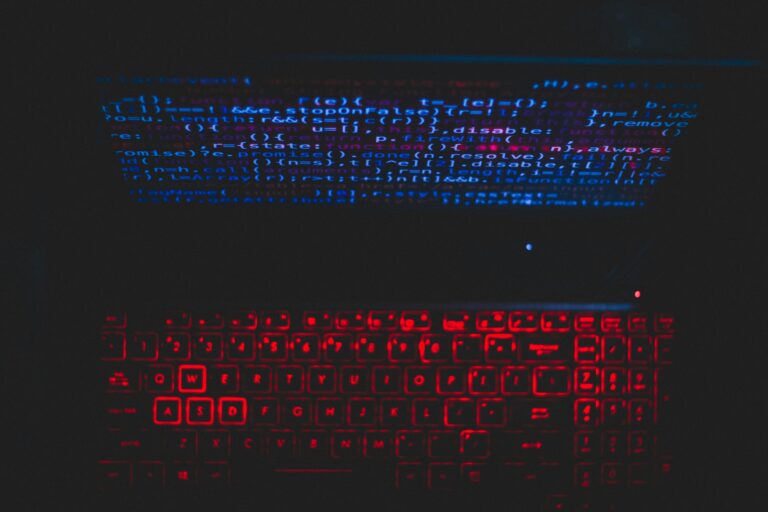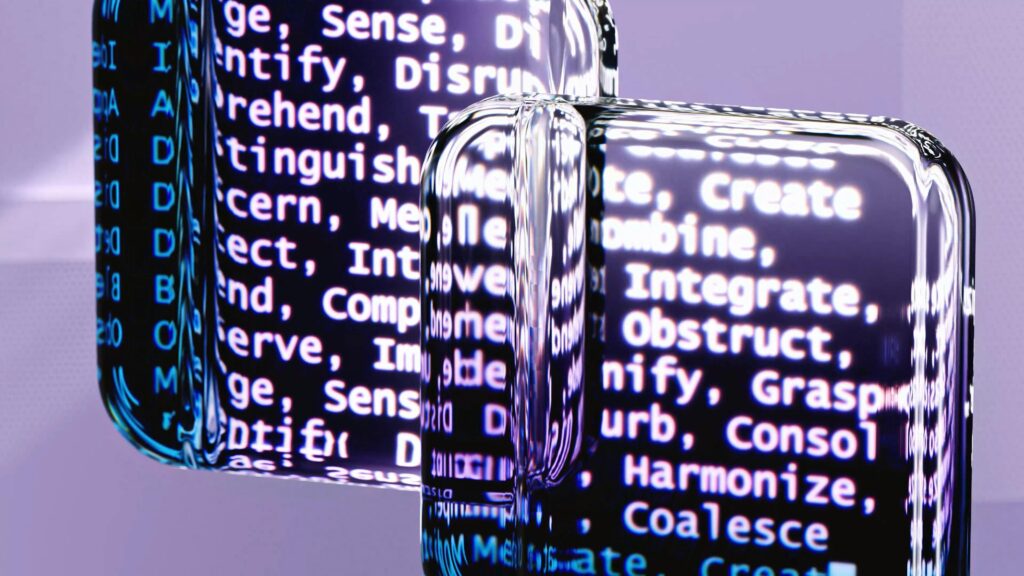The AI Balance
“AI will be the best or worst thing ever for humanity, so let’s get it right.”
– Max Tegmark
“Helping People See AI Clearly; Its Promise, Its Pitfalls, and Its Place in Our World”
AI’s Story: How Artificial Intelligence Grew
The idea of smart machines isn’t new. It’s an old dream that’s been around for centuries. To understand the origin of AI, we need to look at how humans have, for a while, wanted to create life-like machines. From old stories about automatons to today’s complex computer programs, the goal of making machines intelligent has long been a human goal.
Brief History of AI: Inception in the 1950s
The brief history of AI as a modern scientific field truly began in the 1950s. This decade saw the rise of early computing machines and the first serious discussions about whether these machines could “think.” Researchers began exploring how to program computers to solve problems that typically required human intelligence, such as playing games or proving mathematical theorems. This period was marked by an immense sense of optimism and excitement about the potential for artificial intelligence to revolutionize society.
AI Through History: Key Moments and People
The real start of what we now call AI happened in the mid-1900s. The term “artificial intelligence” was officially created in 1956 at a workshop by John McCarthy. This event brought together top researchers and officially made AI a new field of study.
Before this, people like Alan Turing were already doing important work. In 1950, Turing proposed the “Turing Test,” a way to check if a machine could think like a human. This test is still used today. Another thinker, Norbert Wiener, explored how animals and machines communicate and control things, which also helped build the foundation for AI.
In the years that followed, there were times of great excitement and great disappointment. These “AI winters” happened when things didn’t work as expected and funding dried up. Early programs like ELIZA (1966) could chat with people, and SHRDLU (1972) could move blocks in a simple world. But without enough computing power and data, progress was slow for a while.
History of AI Development: The Rise of Machine Learning
In the 2000s, AI development history took off again. This was thanks to faster computers, vast amounts of data, and new ways of writing code. Machine learning, a part of AI where systems learn from data without being directly programmed, became a huge deal.
Within machine learning, a method called deep learning has been a game-changer. It’s inspired by how the human brain works and has led to remarkable progress in areas such as face recognition, language understanding, and the use of voice assistants like Siri or Alexa. When a computer program called AlphaGo beat the world’s best Go player in 2016, it showed that AI could do complex, strategic things that used to be a human-only skill.
The rise of the internet during the 2000’s as well as the introduction of the $500.00 PC, made the internet more affordable, plus the growth of broadband services(high-speed internet) created a vast amount of data that could be stored and learned from, allowing for the rapid exchange of ideas and advancements in technology.
Future of Computing and Artificial Intelligence: A Partnership
Looking ahead, the future of computing and artificial intelligence is connected. New technologies like quantum computing could make AI even more powerful. AI will also become a bigger part of our daily lives, from smart homes to self-driving cars. AI is currently, and more so in the future will lead to advancements in medical research, including cancer research and cancer diagnosis. The influence of AI on new drug discoveries can shorten the development and implementation of new drugs for a variety of uses. Robots powered by AI have been used as tools to make surgeries more precise and safer. The goal is to use AI to create systems that make humans more efficient while increasing safety and lowering cost.
AI and The Future of Mankind | Existing Together
AI’s growth has enormous effects on AI and the future of mankind. While it can help us solve big problems in medicine and climate change, it also brings up serious questions. What happens to jobs? Is our data safe? Can we trust the decisions that AI makes? To make sure AI helps humanity, we need to guide its development and create rules. The journey of AI, from a simple idea to a powerful technology, is a testament to human creativity, and how we handle it will shape the next chapter of our world. Please check out my other articles on AI. I am not here to judge but to simply ask questions and create open-minded conversations on the subject. AI is not going anywhere; it is ingrained in our society. Only by educating ourselves on its promises and pitfalls can we exist together.
Here is a list of websites that expand on this topic.


HOW WILL AI CHANGE THE FUTURE
“Our technology forces us to live mythically, but we continue to think flagmentarily and on single planes” – Marshall McLuhan (Media Theorist)
” The future is already here- it’s just not evenly distributed” – William Gibson (Science Fiction Author)
” The real danger is not that computers will begin to think like men, but that men will begin to think like computers.” -Sydney J. Harris ( Journalist and Author)
